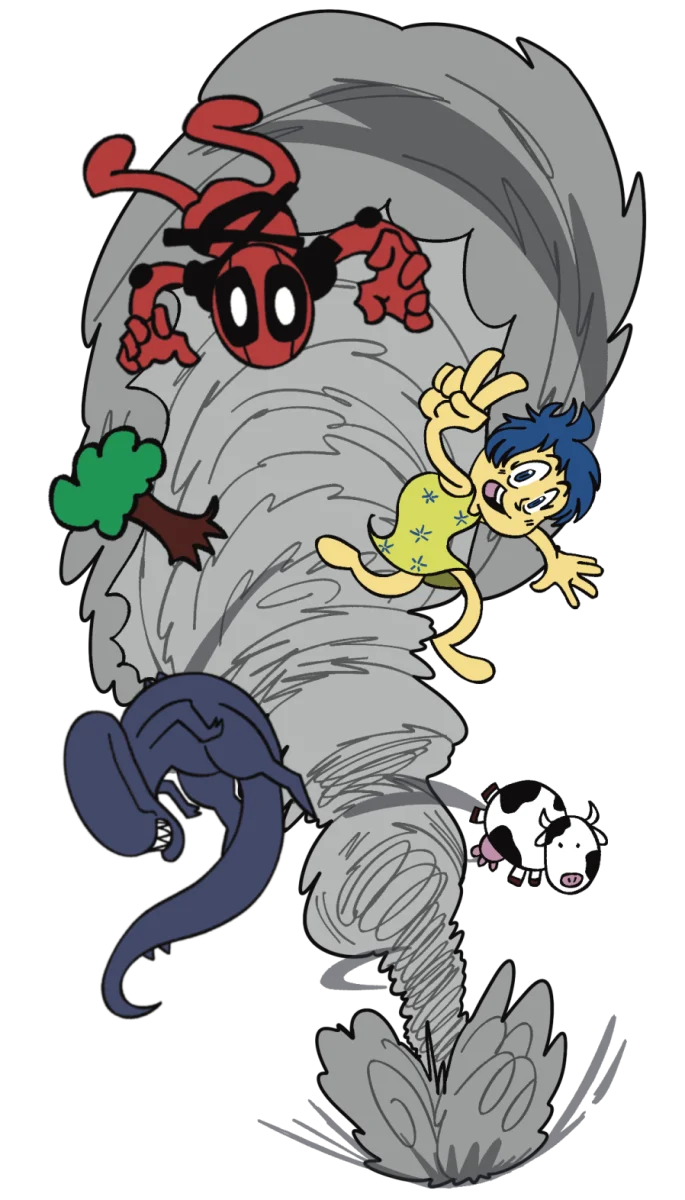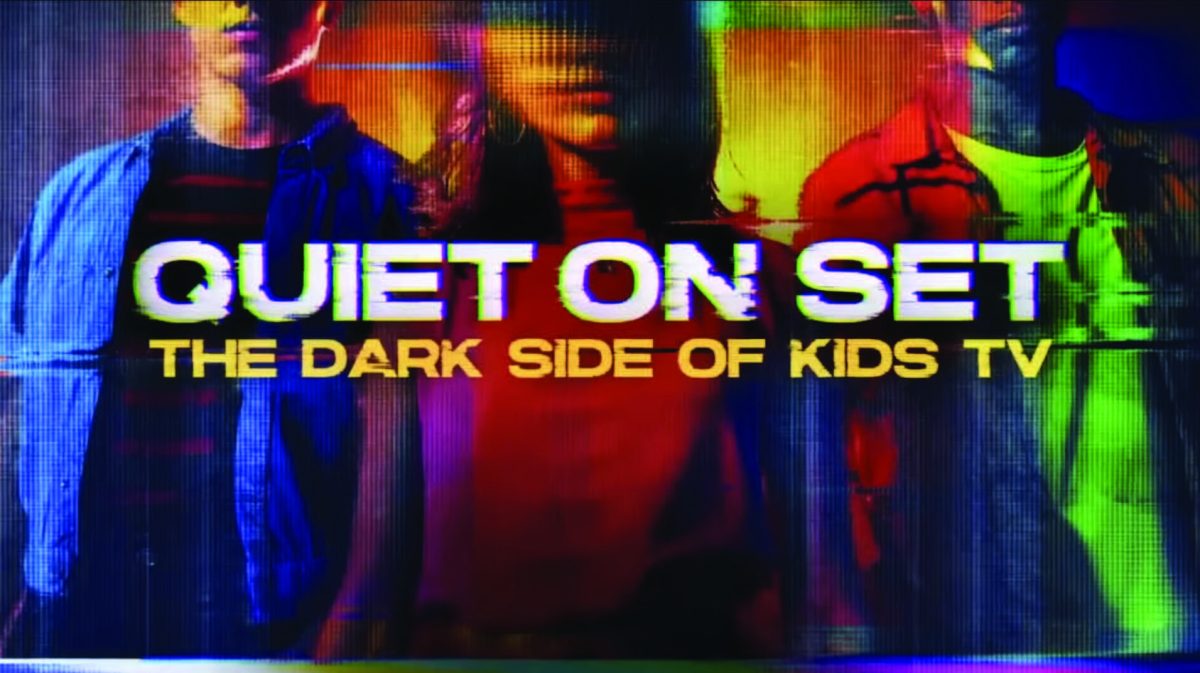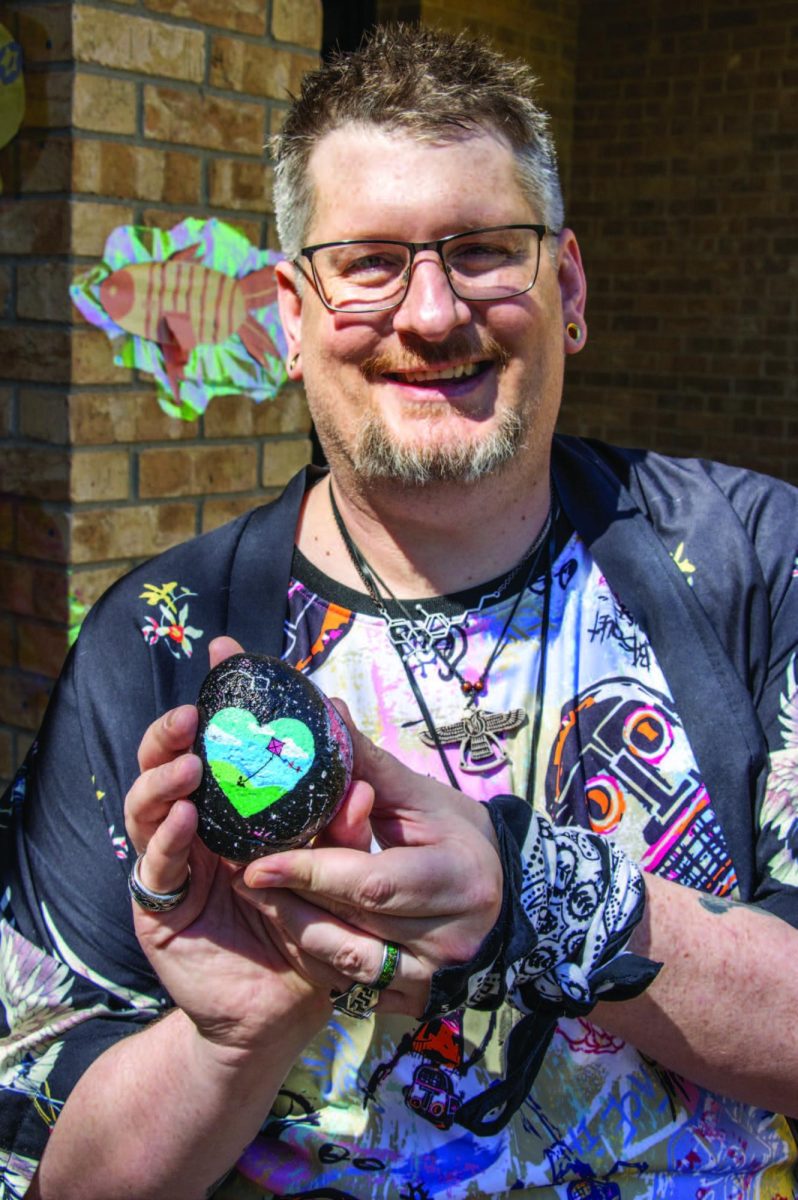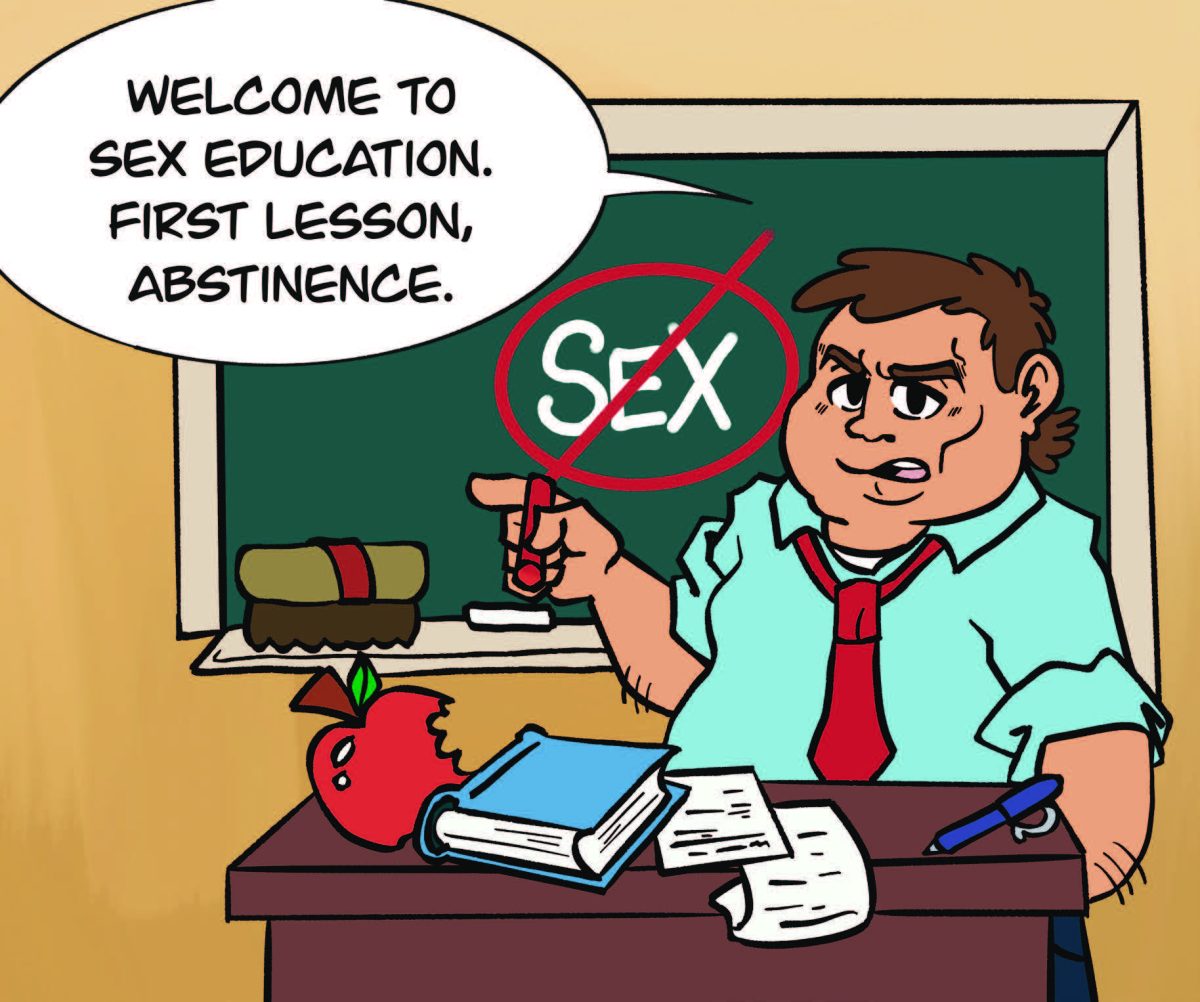A recent viral video on Twitter has rekindled the conversation surrounding critical race theory, and for good reason.
The video is hard to get through. It’s a high school math teacher from California wearing a stereotypical indigenous headdress chanting “SoCahToa” — a way to remember trigonometry ratios — as she parades around the classroom. She was howling, jumping up and down in front of the class. She then sat on her desk, mockingly asking the “water goddess” to tell her the “secret Indian chant.” An indigenous student started recording, wondering if the actions were directed toward him. It’s hard not to wonder if the teacher realized how offensive she’s being, and if it is pure ignorance, it could’ve been prevented if she knew why it was offensive.
Critical race theory focuses on how racial bias is prevalent in many systems in America, which creates a caste system where people of color are relegated to the bottom. It focuses on how oppression in the past still has an impact today. For example, how the racism associated with slavery has had a long-lasting effect on the Black community.
Last September, former President Donald Trump issued an executive order banning diversity training because of its “divisive” nature. Critical race theory fell into this category, meaning the conversation was halted, ignored even. The vague executive order has since been overturned by Biden, but the discussion surrounding it at the time was interesting.
The reason for the order was because the Trump administration didn’t want there to be any false beliefs about how irredeemably racist and sexist America is. But, if racism and sexism weren’t prevalent, then there would be no need to acknowledge it since no conversation on the topics would exist whatsoever. It’s akin to sweeping things under a rug. Everything is still there, but now it’s covered in a dusty, torn rug with holes everywhere that offer a glimpse of all the items crammed under it.
Critical race theory pissed off Republican lawmakers. Even with the executive order, Republicans in the Senate still found it necessary to introduce a resolution ensuring teachers won’t be required to have any training in it to teach. The most common retort became that it created too much division. But, oftentimes, they had difficulty defining exactly what it entails, leading to the vagueness in these orders and proposals. They were banning something they didn’t understand. They were just using the term as a scapegoat to enforce racist policies and fearmonger.
Critical race theory is an important subject to teach anywhere. It’s important to know about the oppression marginalized communities face. It creates a sympathetic world in which more people are understanding of each other.
A poll conducted by USA Today and Ipsos shows that parents aren’t too resistant to having their children learn about how slavery and racism are prevalent still since 63% support having it taught in school. But, critical race theory has 49% support and 30% opposition. There’s a disconnect. It doesn’t make sense that parents would be willing to have their children learn about modern-day racism, but not about everything else critical race theory entails. Both of those topics intertwine, so if slavery and racism are being taught, then so is critical race theory. The weaponization of the term has created a toxic mindset. Texas is seeing this firsthand.
In June, Gov. Greg Abbott signed a bill that banned teaching critical race theory in K-12 schools. Students are now being withheld information that could be vital to understanding entire communities. Parents have concerns that the material could be too grim for their kids to learn, which is fair. Genocide, slavery and segregation are all difficult topics to discuss. But, kids, teens and adults need to know these things. They need to know how those past travesties have permeated throughout history. Erasing it is not the answer.
Another concern some parents have is that it may single out some students. For example, when it comes to slavery, they’re afraid white students will feel like they have a target on their heads. But, what they fail to realize is that it’s not about them. This discussion is for the marginalized to realize their adversity is not being ignored.




































